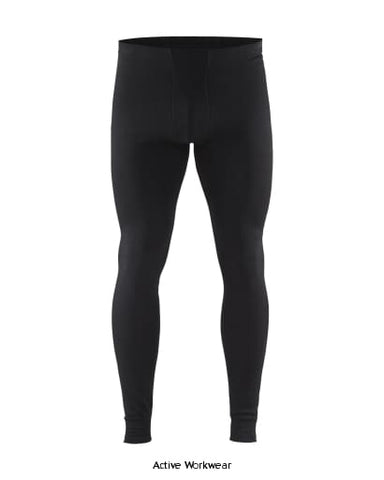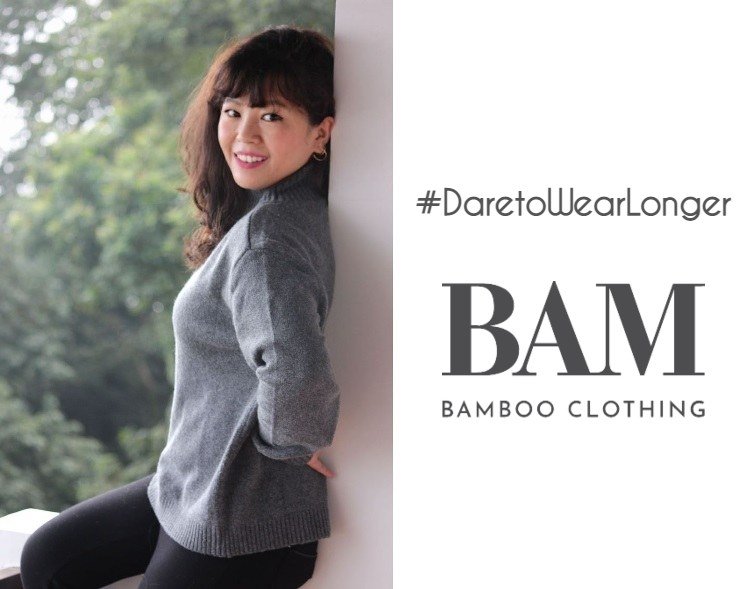New Merino Wool Base Layer Blog
Wiki Article
What Makes Yak Wool Merino So Popular As A Base Layer In Winter Sports Clothing?
Due to a combination and benefits of both yak and Merino Wool, merino base layers work well for winter sportswear. The hollow fibers of the yarn are great insulation since they capture air. Merino with merino. The resulting fabric offers excellent warmth.
Merino is a natural fiber with properties for managing moisture. Merino can absorb and let go of moisture, leaving the wearer dry. The wool is also a good source of properties for wicking moisture. This blend regulates your body's temperature, keeping sweat away from your skin during vigorous training during colder temperatures.
Merino wool's softness and comfort are well-known. The fine fibers and softness of the wool make it less prone to causing irritation. When paired with yak wool which also has soft and smooth fibers, the fabric will feel soft against your skin.
Both Merino Wool and Yak Wool have natural antimicrobial characteristics that help to stop the growth of bacteria that produce odors. This helps keep the clothes fresher for longer durations, even during extended use.
Durability: Yak wool has a natural durable. When combined, with merino fibers, it is a great choice in outdoor sports as well as other activities.
Temperature Regulation: Yak Wool Base Layers are breathable and have insulation properties that help regulate the body's temperature. They keep the wearer warm in cold temperatures but also keeps them warm.
Environmental Sustainability - Merino wool and yak wool are both renewable and biodegradable and are therefore eco-friendly options for winter sportswear.
This combination of characteristics make yak merino wool base layers extremely effective for winter sports apparel, offering warmth, comfort, moisture management, and durability for outdoor activities in cold climates. View the recommended merino wool base layer for more advice including smartwool merino 250 base layer, smartwool base layer womens, wool long underwear, ski thermals womens, merino base layer cycling, ski thermals womens, merino wool first lite, wool undershirt women's, merino wool base layer women's sale, merino base layer mens and more.

What Are The Advantages Of Bamboo Clothing?
Bamboo clothing has many advantages in regards to thermal regulation and UV protection.
Insulation: Bamboo fabric is a natural material with natural thermal properties that provide warmth in cold temperatures. It aids in controlling body's temperature by retaining warmth in cooler weather while allowing ventilation for overheating to be avoided when exercising.
UV Protection
UV Resistance- Bamboo fabric provides natural protection from harmful UV radiations. It blocks an extensive portion of UV radiations from the sun. This adds an additional layer of protection when you wear it outside.
Biodegradability-
Bamboo clothing is biodegradable and will break down organically by the end of its lifespan without leaving harmful residues. It also does not contribute to pollution. This reduces clothing waste and its environmental impact.
Environmental Impact-
Sustainable - Bamboo as raw material is extremely eco-friendly. It is a fast-growing plant that does not require chemical fertilizers and pesticides. Fast expansion makes it a sustainable resource.
Bamboo requires a smaller amount of water compared to other crops, like cotton. It is a more efficient use of water. This aspect contributes towards conservation efforts and lessens the strain on water resources.
Soil Conservation-
Soil Health Bamboo farming does not generally deplete soil's nutrients or require a lot of irrigation. This leads to healthier soils, and decreases the risk of harmful agriculture practices.
Carbon Sequestration
Carbon Absorption Bamboo plants are able to absorb more CO2 while releasing greater amounts of oxygen than other species. This property contributes to efforts to combat climate change by cutting carbon emissions.
Bamboo clothing is an excellent option for people who wish to wear clothing that is durable and functional. These attributes are in line with environmentally conscious practices, offering benefits for both wearers and the environment. Take a look at the top https://www.koraoutdoor.com/collections/bamboo/ for blog tips including bamboo chafing shorts, bamboo tee shirts wholesale, ladies bamboo tops, bamboo sweater, preemie bamboo pajamas, bamboo pants mens, bamboo trousers mens, bamboo twirl dress, bamboo jacket, bamboo yoga pants and more.

What Do Bamboo And Merino Compare To Wool In Terms Of The Texture, Heat And Moisture Absorption
In comparing wool traditional, merino and bamboo clothing in terms of water-absorption and warmth, their texture is vital.
Merino Wool - Merino Wool is renowned for its softness and fine fibers. It is smoother and less scratchy texture compared to other types of wool. It is regarded as more comfortable.
Bamboo Clothing- Bamboo material is silky smooth, and is often compared luxurious materials like cashmere or silk. The soft and delicate texture makes it a comfortable.
Traditional Wool - Traditional wool has a variety of textures. Some are more coarse than others, causing itching, discomfort or irritation compared to clothing made from wool.
Warmth-
Merino Wool Merino wool provides excellent warmth because of its insulation properties. It holds heat even when it is damp and provides an excellent insulation in cold weather.
Bamboo Clothing is warm, however it does not provide the same amount of insulation as wool. But, it manages body temperature well, providing comfortable conditions in all kinds of weather.
Traditional Wool - Much like merino, traditional wool feels warm and insulation. Although it is often heavier or bulkier than bamboo or merino clothing.
Moisture Absorption-
Merino Wool Merino Wool, with its remarkable ability to wick moisture, draws moisture away from the skin and lets it evaporate. It is warm when damp.
Bamboo Clothing - Bamboo fabric is a moisture-wicking fabric that allow it to remove moisture from your skin and offer ease of exercise. Bamboo clothing regulates moisture effectively and keeps the wearer dry.
Wool - Wool is an organic fiber that is able to absorb moisture but may not possess the same moisture-wicking properties as bamboo or Merino. Certain kinds of wool might appear heavy and damp when it is wet.
Merino wool is known for its softness, warmth and moisture-wicking capabilities. Bamboo clothing is a soft texture and warm with good moisture regulation. Wool clothing comes in a variety of textures and provide the warmth and absorbency of moisture However, it may appear coarser or heavier than bamboo and merino clothing. Each type of material has distinct properties that cater to different fashion preferences and demands in clothing. Have a look at the most popular merino winter clothings for site info including smartwool 250 base layer, merino wool base layer clearance, smartwool long underwear, merino wool base layer womens, sweaty betty base layers, merino undershirt, base layer moisture wicking, smartwool merino 250, smartwool 250 base layer, ski thermals and more.
